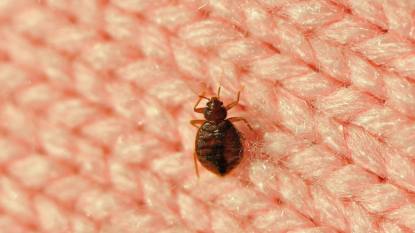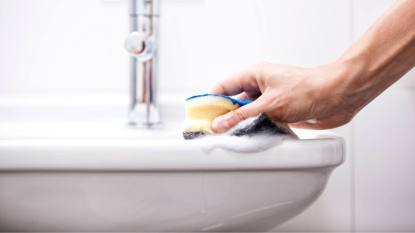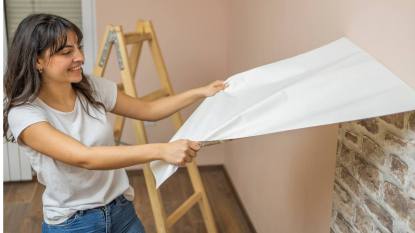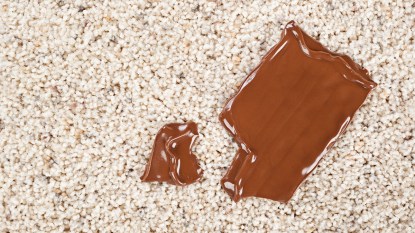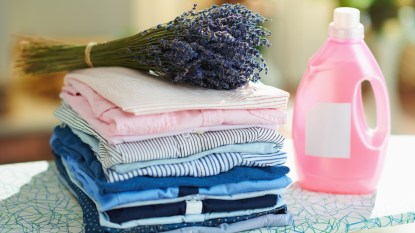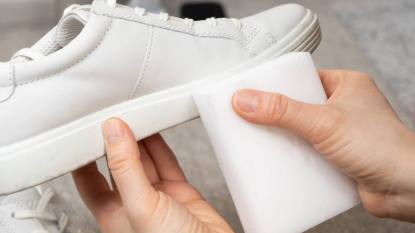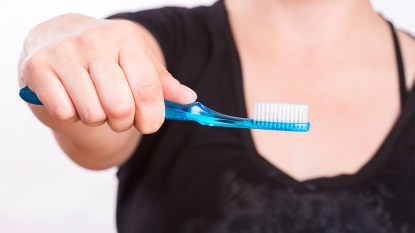How To Deep Clean Hardwood Floors (Hint: Never Use a Steam Cleaner)
What's best for each of four different kinds of flooring. Plus, the pantry staples that make it easy!
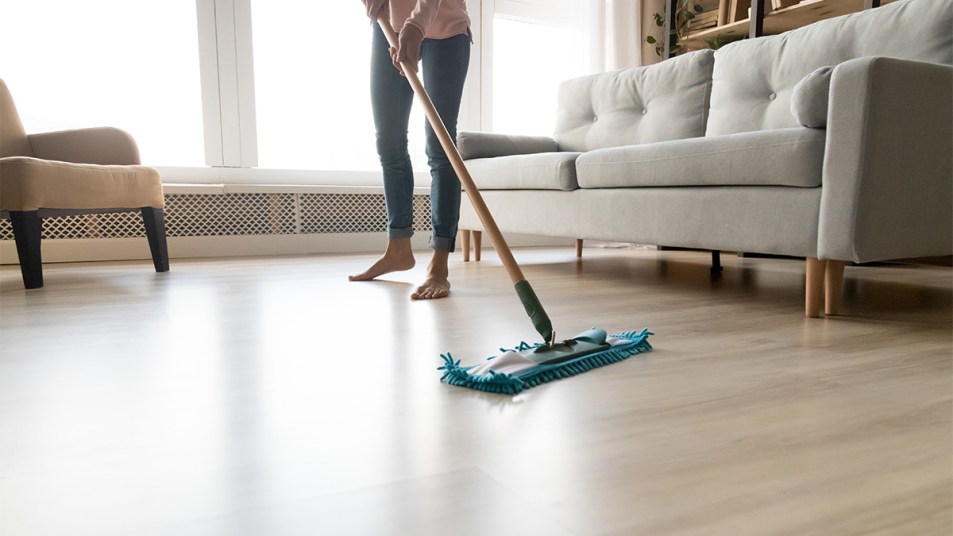
It may seem as though simply running a mop over any hardwood floor should suffice when it comes to cleaning it, but to really maintain and preserve their appearance, removing dirt and stains and filling in scratches that can dull the surface and lead to discoloration may take a little more elbow grease. And it’s worth it since all cleaning experts we spoke to agree: Regular cleaning and maintenance can extend the life of your hardwood floors preventing scratches, dents and warping. Not to mention how it rids the house of dust, allergens and pet dander that can accumulate on floors and affect air quality. Thankfully, getting your floor sparkling isn’t as difficult as it may seem. Keep reading to find out how to deep clean hardwood floors and the surprising household items that are great for the job!
How to deep clean a hardwood floor
Although there are countless options when it comes to colors of hardwood floors, there are generally three types of floor finishes that affect how any type of hardwood floor should be cleaned: polyurethane finish, oil finish and wax finish.
Before spot treating or tackling specific issues, cleaning these is generally as simple as sweeping up dirt and debris, then giving the floors a quick once-over with a microfiber mop lightly dampened with a pH-neutral cleaning solution. Which one you use depends on the type of finish you have:
If your hardwood floor has a polyurethane finish:
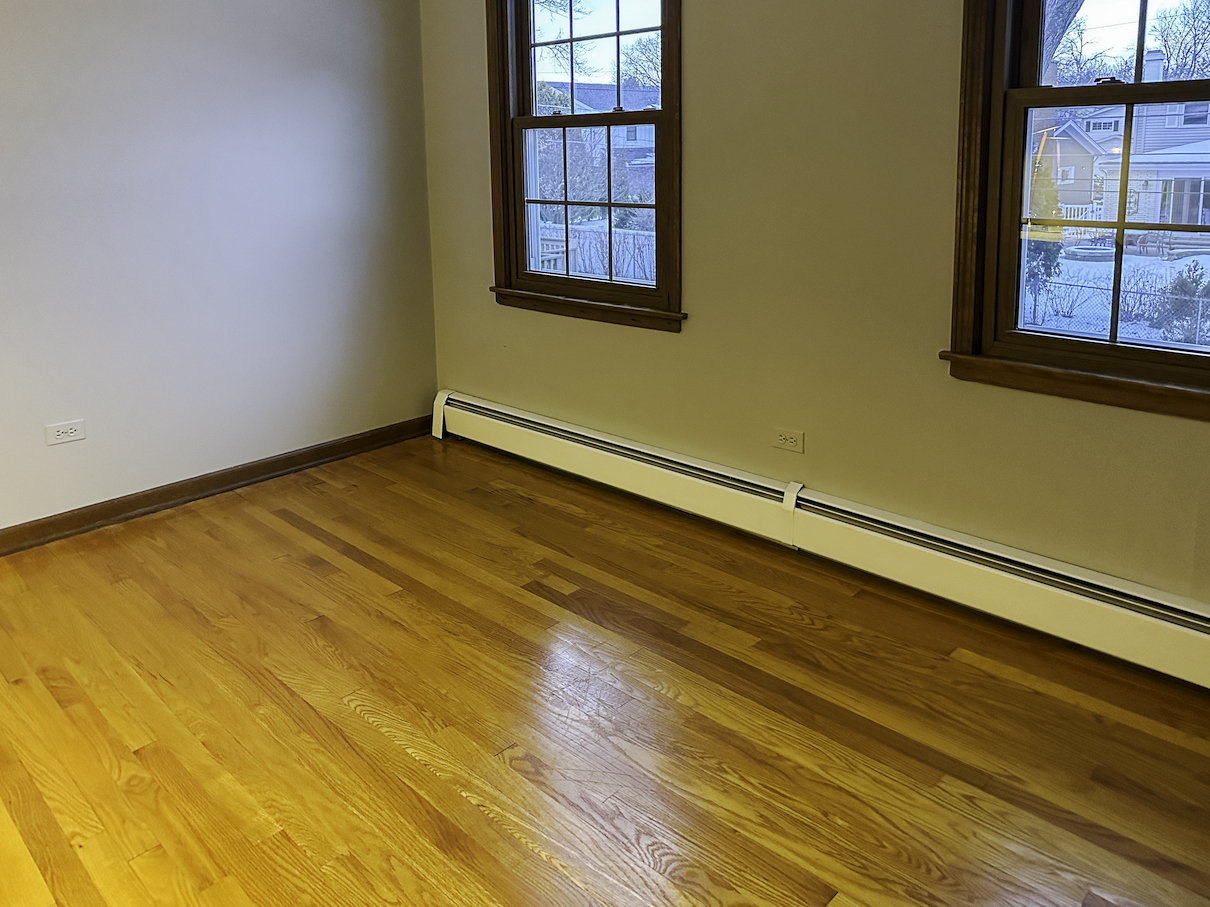
The majority of hardwood floors have a polyurethane finish, explains Jamie Sandford, owner and chief editor of Home Flooring Pros. If you don’t know what kind of finish your floor has and it has a high shine, it’s likely polyurethane. Hardwood floors with a polyurethane finish tend to fall into two categories: water-based and oil-based.
Water-based finishes are typically more durable and can withstand harsher cleaning solutions than oil-based finishes, explains Mallory Micetich, home expert at Angi. “For example, water-based finishes tend to react well to vinegar solutions. Simply mix 1 cup of white vinegar to one gallon of water in a bucket. Then use it to lightly dampen the microfiber mop.”
Oil-based finishes don’t react well with vinegar since the acids can eat away at the finish. The best solution instead? Squirt some dish soap (it cleanses while enhancing shine) into a bucket full of water. Then use it to lightly dampen the microfiber mop.
Not sure what kind you have? Micetich recommends testing by sprinkling a bit of water on your floor.
“An oil based stain tends to be a bit more water-resistant and when sprinkled with water it will tend to bead up after a moment,” she explains. “If it does bead up, it’s likely oil based.”
Or, If you have any leftover stain from your floor tucked away in your basement or garage, you can also check the label to get the information.
If your hardwood floor has an oil finish:
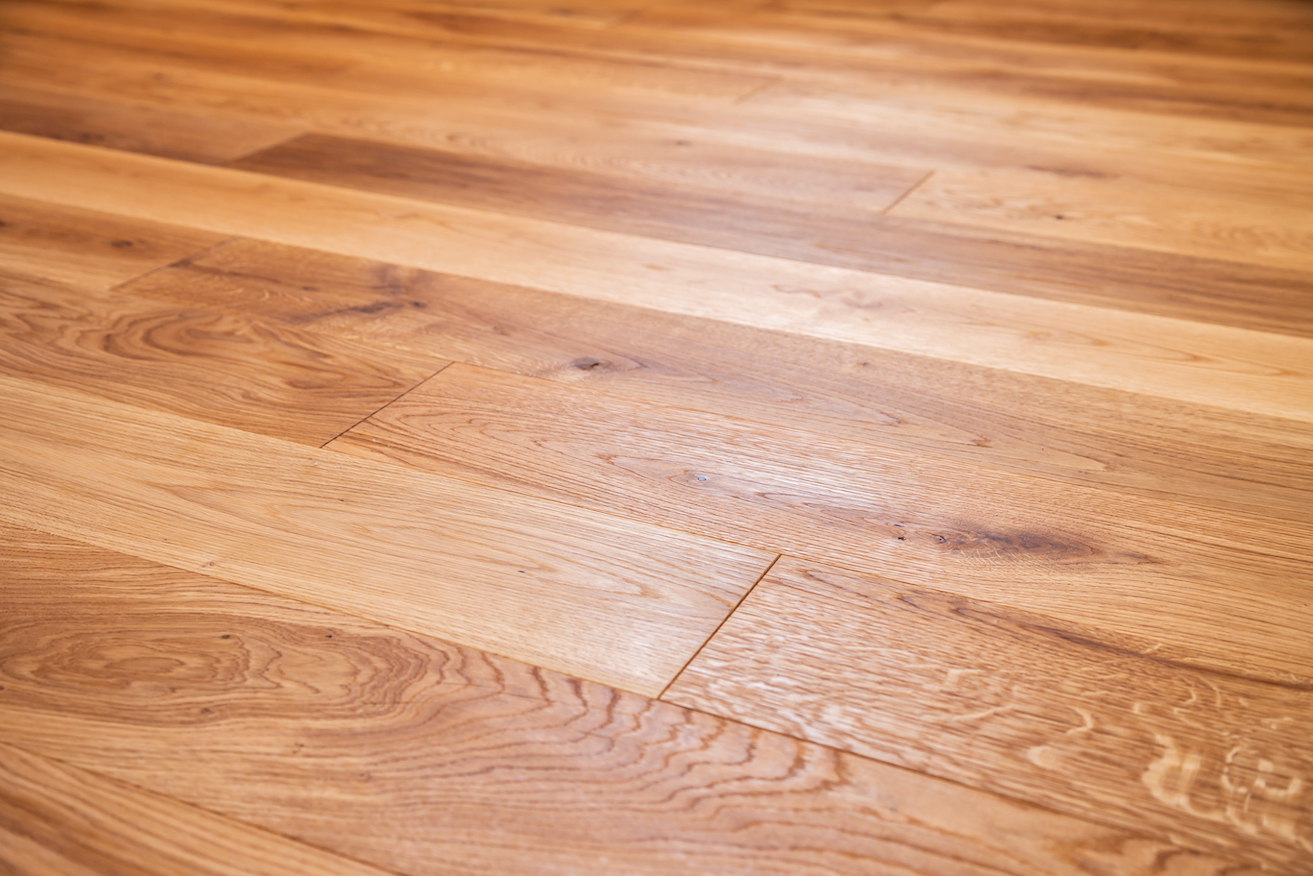
“Oil-finished floors (different from oil-based polyurethane) don’t need to be treated radically differently, but we would recommend going with a cleaner specifically manufactured for the job rather than a general multi-surface cleaner,” says Sandford. Why? When used on oil based floors, all-multi-surface cleaners tend to leave a dull residue. Plus with regular cleaners, you tend to use too much water, which can damage oiled floors. Sandford says that a product like Bona Pro Series Natural Oil Floor Cleaner (Buy from Amazon, $8.97) works well. Simply spray some on the floor, then swipe the floors with the microfiber mop.
If your hardwood floor has a wax finish:
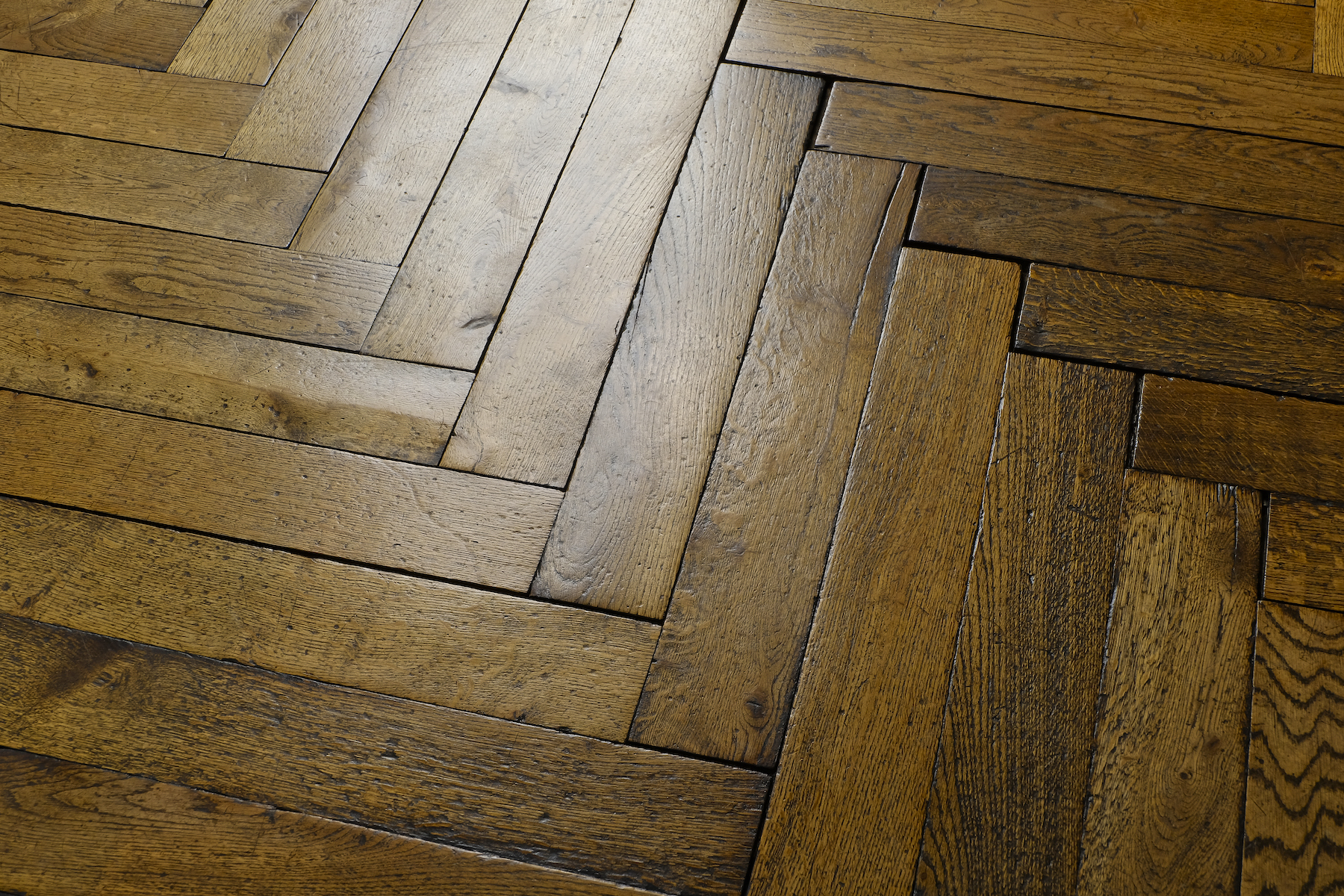
Wax finished floors can include antique and reclaimed hardwood. “Of the three finish types, the most care must be taken when cleaning a wax floor,” Sandford adds. “You don’t want to put anything on the floor that will degrade or strip off the finish – so no acidic household cleaners (skip the vinegar).” And while a wet solution is needed, the less moisture you use, the better.
To do: Fill a bucket with warm water and add a few drops of soap (avoid using vinegar, ammonia or abrasive cleaners as they can damage the wax finish). Then use it to lightly dampen the microfiber mop.
Also, it’s key to always wipe up any leftover moisture from the floor.
The best ways to spot treat a hardwood floor:
After giving your floor the once-over with the appropriate cleaning solution, to deep clean hardwood floors you may find that they require a little more TLC. Below you’ll find how to deep clean hardwood floors and tackle some of the most pesky problems.
1. To remove water spots: Grab the mayo
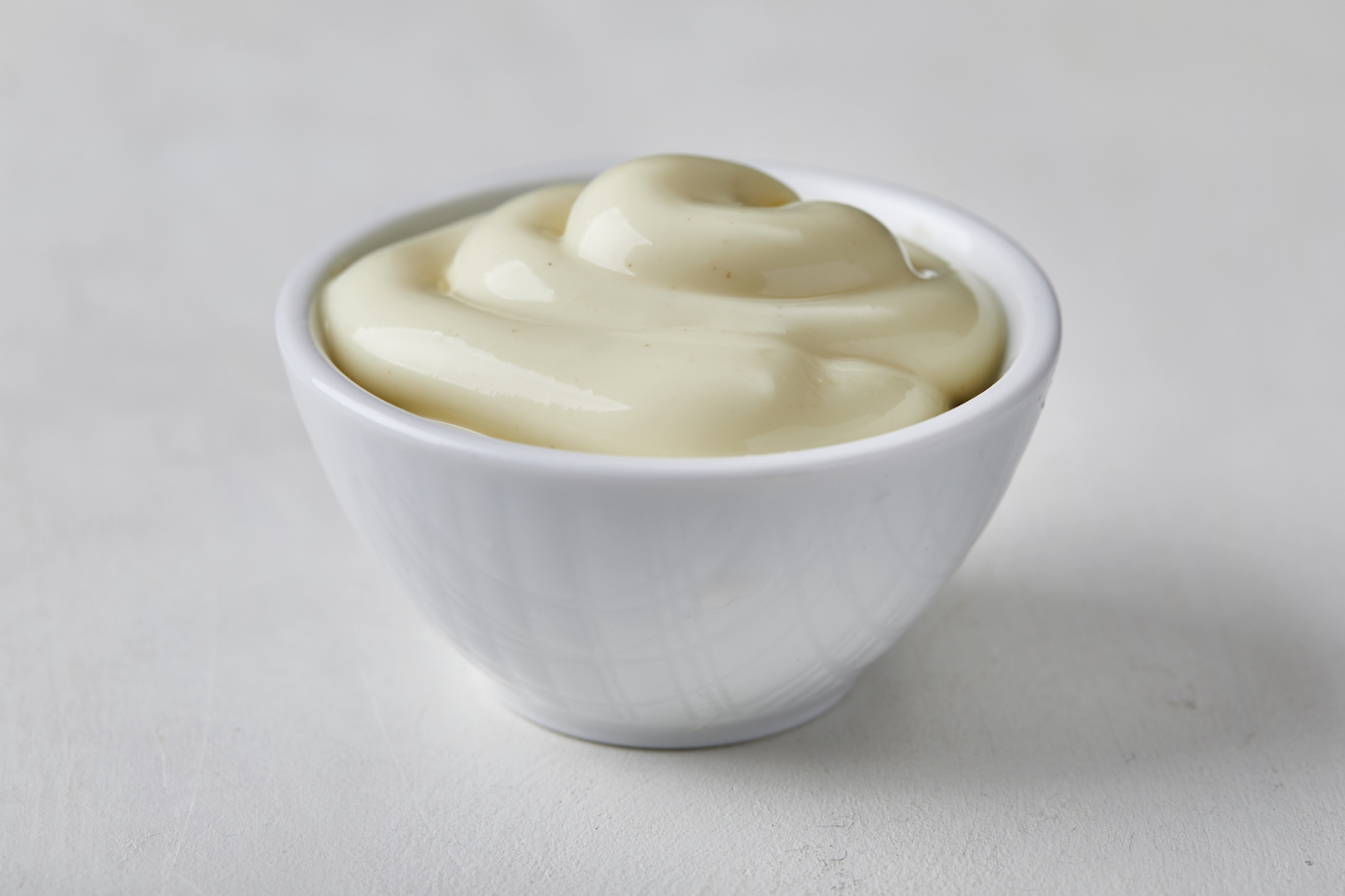
If a spill or minor leak left your hardwood floors with some unsightly watermarks, there’s a kitchen staple that can come to your rescue: Mayonnaise! The condiment is a good candidate for cleaning wood, as it’s mostly made of oil, which has the properties to seep into the wood, softening it and helping it heal, so to speak. The thickness of mayo also ensures it stays on the spot and doesn’t just dry out. It also works great on water spots, as the oil seeps into the underlying moisture and displaces it. That means no more cloudy spots on wood furniture and floors.
Simply cover any water spots with a thin layer of mayo and leave in place for a few hours or overnight. Then wipe away the residue with a clean damp cloth.
2. To boost shine: Black tea to the rescue
Over time, dirt and grime can leave your hardwood floors looking a bit lackluster. The good news? You don’t need specialty products to deep clean hardwood floors and make them look like new – black tea bags can do the trick, shares Linda Cobb, the Queen of Clean, in the below video.
“Any black tea at all will be fine but you want to brew a really, really strong pot of tea,” she explains in the video. Once you’ve brewed the tea, let it come to room temperature before adding to a bucket. Then dip your mop in the liquid and ring out well. Mop as usual.
“The tannic acid is so good for the floors,” Cobb goes on to explain. “It leaves no residue on it and the real pure shine of your floor is going to show through.”
3. To nix salt stains: Enlist white vinegar
In colder months, it can be tough to keep hardwood floors free of white road-salt stains. To the rescue if you have a water-based polyurethane finish: White vinegar! “Vinegar can be a good option for durable, water-based hardwood floors,” shares Micetich. She recommends mixing together a cup of distilled white vinegar with a gallon of water and use it as your mopping solution. (Remember: Wring out your mop well once you’ve gotten it wet so you don’t douse your floor with too much water.) The powerful acetic acid in the vinegar neutralizes and soften the salt marks so they are easily wiped away. (Click through for more brilliant uses for white vinegar.)
An important note: You’ll want to skip vinegar for the oil and wax finishes. “Vinegar solutions can be harsh on some wood floors, so make sure to test a small area before mopping your whole home,” reminds Micetich.
Related: How to Fix a Squeaky Floor: Home Pros Swear by This Surprise Baby Powder Trick
4. To nix oil stains: Dish soap can help
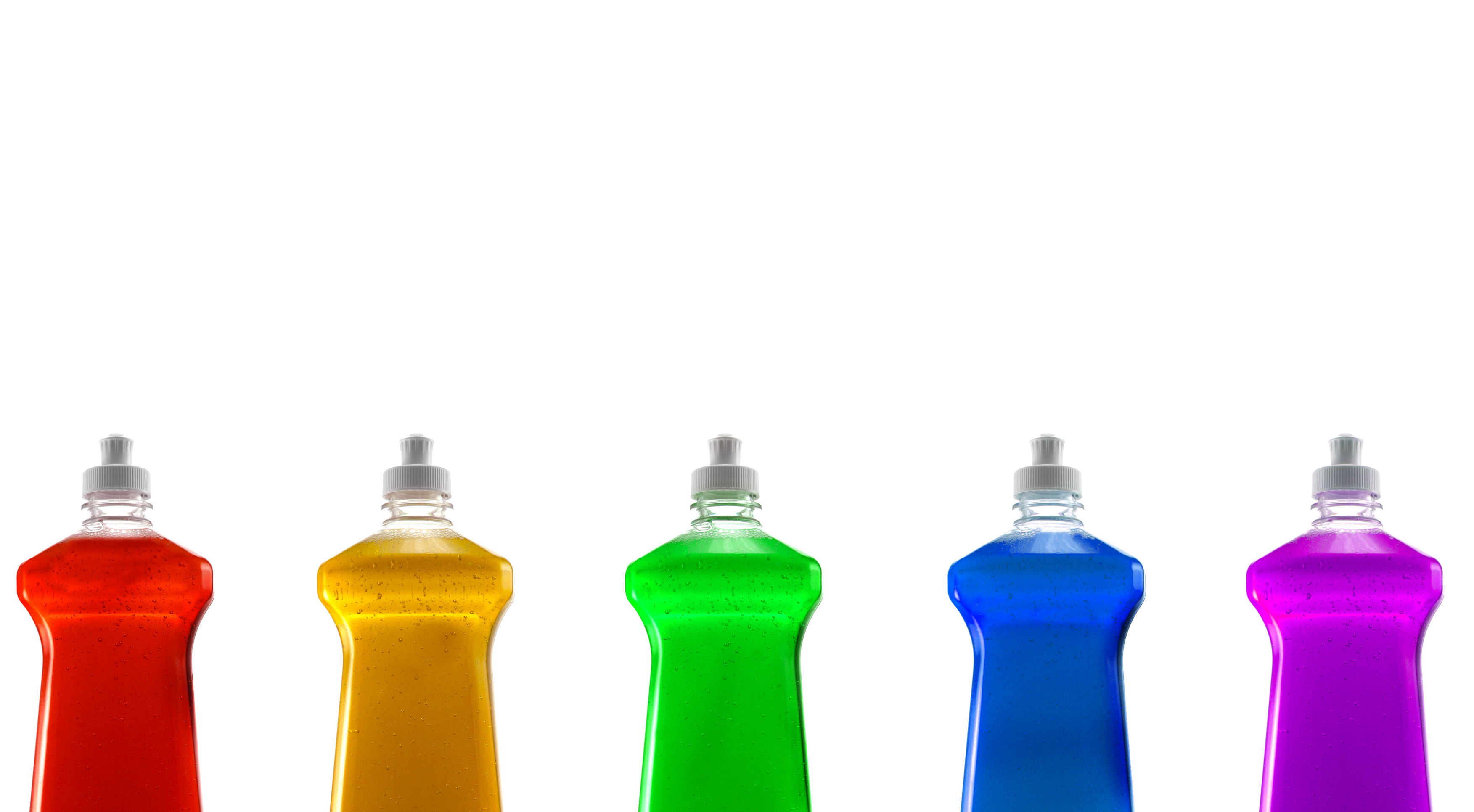
Eek! You dropped your olive-oil dip on the dining room floor. What can help: Use a soft cloth to rub a few drops of dish soap into the marks. Then wipe away with a damp cloth. Compounds in the dish soap break down the grease before it can set in the wood.
5. To mask scratches: Use some nuts
Small nicks and scratches can make even the cleanest of hardwood floors look a bit dingy. Luckily, you don’t need to shell out for pricey repair kits to banish them! Many nuts are perfect for the job and can leave your floor looking pristine once more. Break a walnut, pecan or Brazil nut in half, then apply some pressure and rub the nut’s flesh over the scratches. The wood will soak up the nut’s natural oils, camouflaging the imperfections. (Click through for more ways to hide scratches in wood floors.)
What *not* to use when deep-cleaning hardwood floors
Regardless of what type of finish you have, experts say the hardwood floors all have one thing in common: moisture is not a friend! In fact, the biggest mistake people often make when it comes to cleaning their hardwood floors is using too much water.
“Unlike tile and vinyl flooring, hardwood flooring is extremely sensitive to water and tends to warp easily,” says Micetich. “If you want to mop your floors with water, wring out the mop as much as possible to prevent warping and water damage.”
The experts at Home Flooring Pros also advise against using steam cleaners or steam mops on your floors for the same reason. Why? Though most manufacturers will state they’re safe to use on hardwood, the mops can cause moisture to get between the wooden planks and lead to eventual warping.
Related: The 7 Best DIY Cleaning Solutions for Floors That Sparkle
For more floor-care cleaning hacks, keep reading!
How to Fix a Squeaky Floor: Home Pros Swear by This Surprise Baby Powder Trick
Mopping With This $9 Laundry Staple Is the Secret to Making Floors Shine
Pros Reveal the Best Way to Clean Tile Floors + Easy Secret to Get Grout White Again


